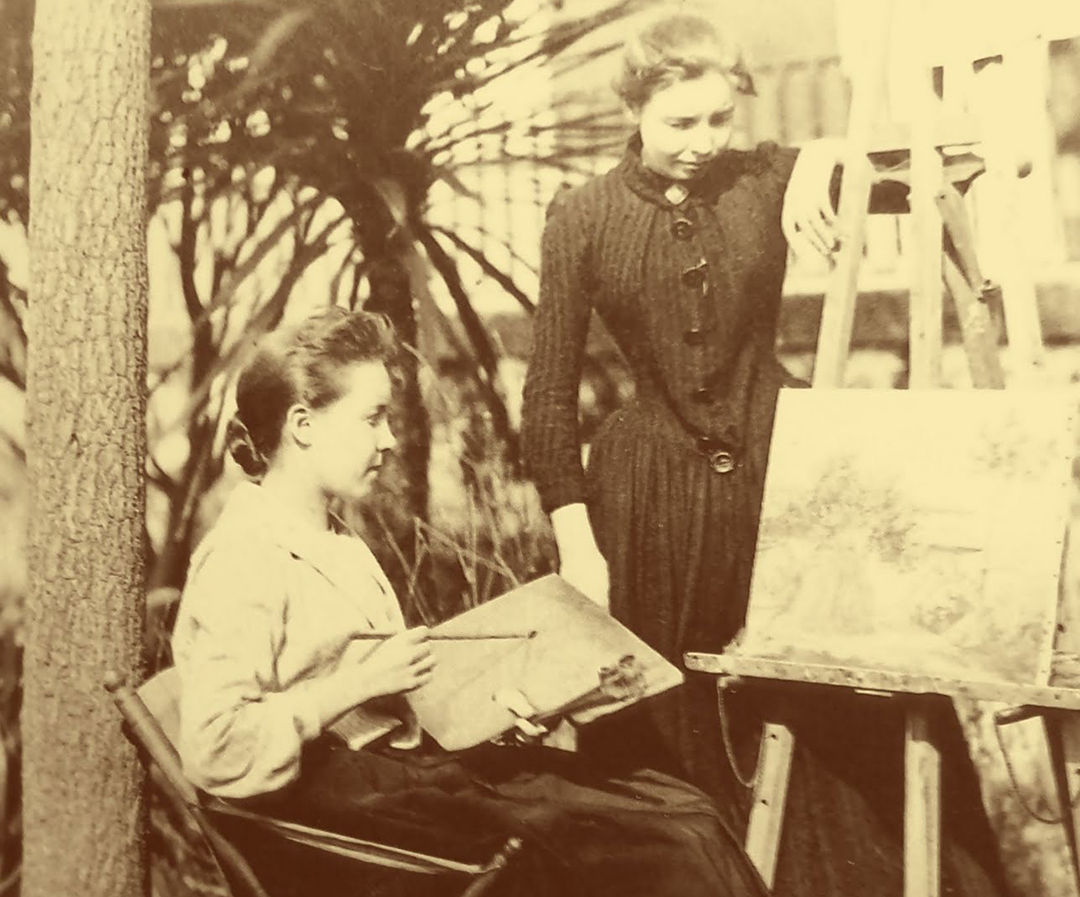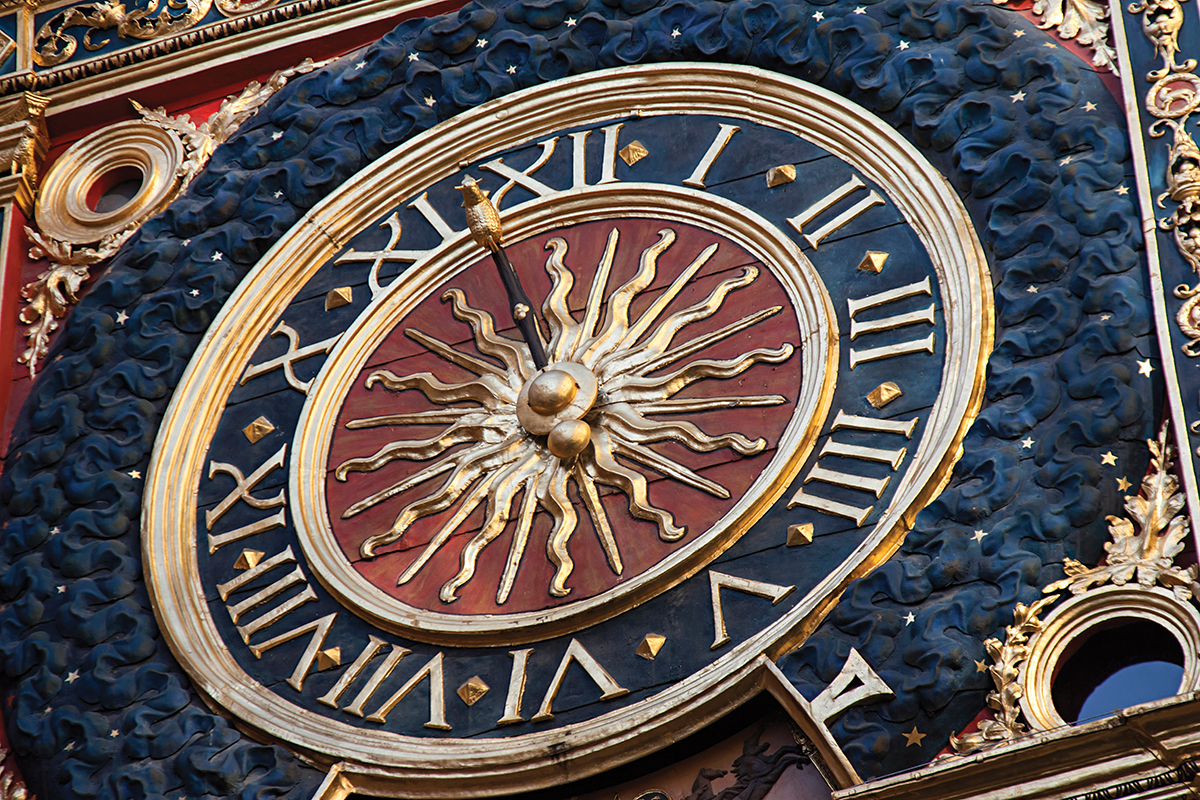
Despite Artificial Intelligence being the driving force behind the most significant technology advancements in recent years, the theory and fundamentals of computer science that inspired the most unusual inventions have been around for quite some time. These are the significant milestones that have led to the development of the artificial neural networks that are at the heart of deep learning.
1637
DESCARTES’ PREDICTION
In the “Discourse of Method”, the French philosopher, physicist and mathematician was the first to reflect on the possibility of using engineering to mimic the appearance of any living being and, in animals, behaviour as well. With humans, René Descartes concludes that it would be morally impossible to replicate observable abilities by manipulating matter, as they are unique to the human soul.
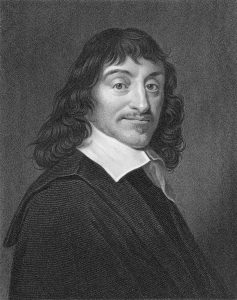
1921
THE ORIGIN OF THE ROBOT
The word “robot” was first heard in science fiction play R.U.R. (Rossum’s Universal Robots), by Czech writer Karel Capek. The term “robot” is derived from the Czech word “robota”, which means ‘forced labour’.
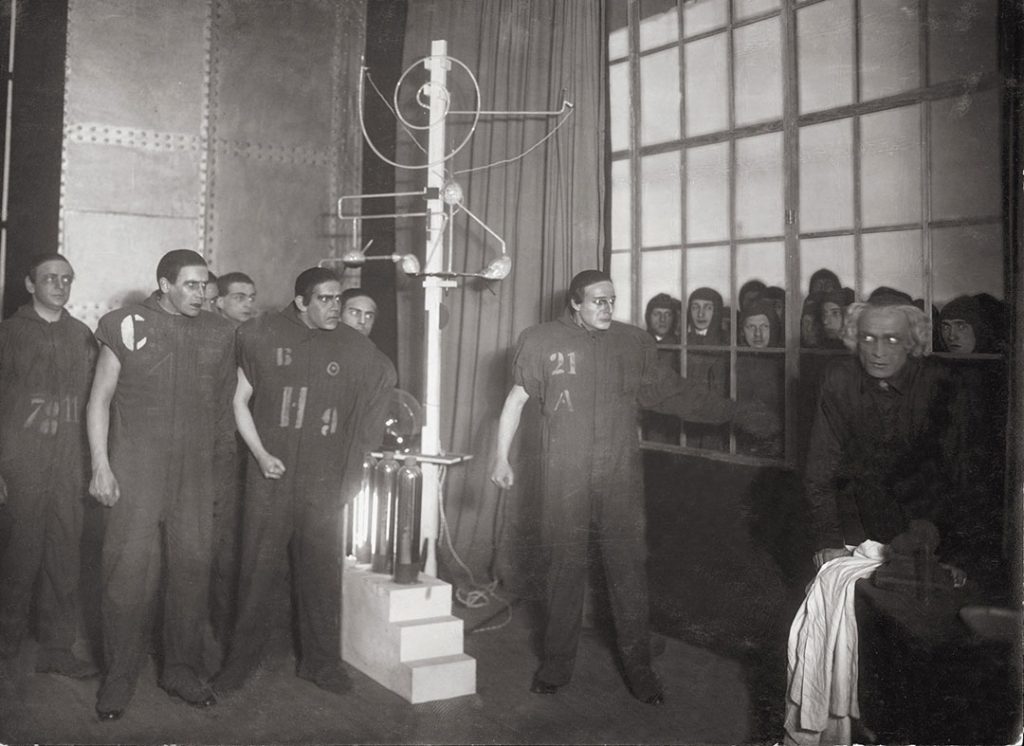
1929
THE FIRST HUMANOID
Capable of moving its head and hands and of slightly changing its facial expressions via an air pressure mechanism, “Gakutensoku” was built in Japan. It was designed by Makoto Nishimura.

1944
THE FIRST COMPUTER
Professor Howard Aiken, from Harvard University in Cambridge, built the MARK I, the first computer designed to be used in navigation to calculate tables, with financing from IBM and the United States Navy. It was completely electromechanical, 17 metres long and 2.5 metres tall, weighed nearly 5 tonnes. It could do extensive calculations, without human intervention.
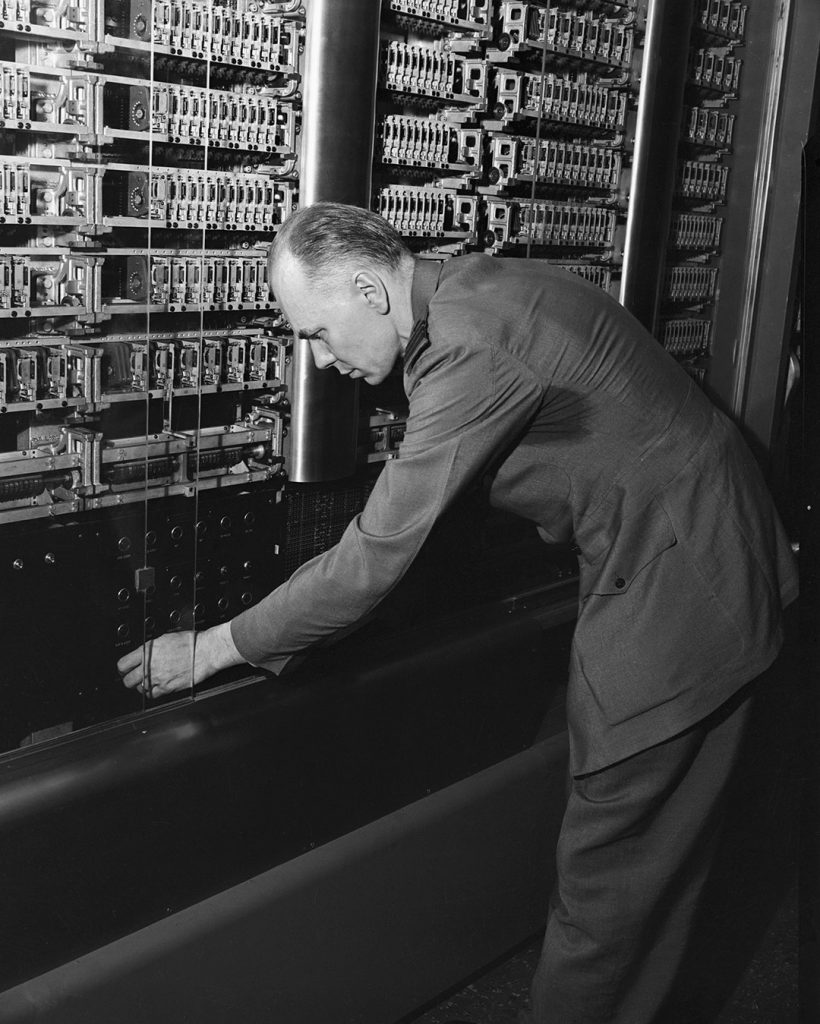
1951
THE NEUROCOMPUTER
Marvin Minsky and Dean Edmonds used three thousand vacuum tubes to build the first 40 neuron artificial neural network. The SNARC (Stochastic Neural Analog Reinforcement Calculator) neurocomputer simulated a rat finding its way through a maze.
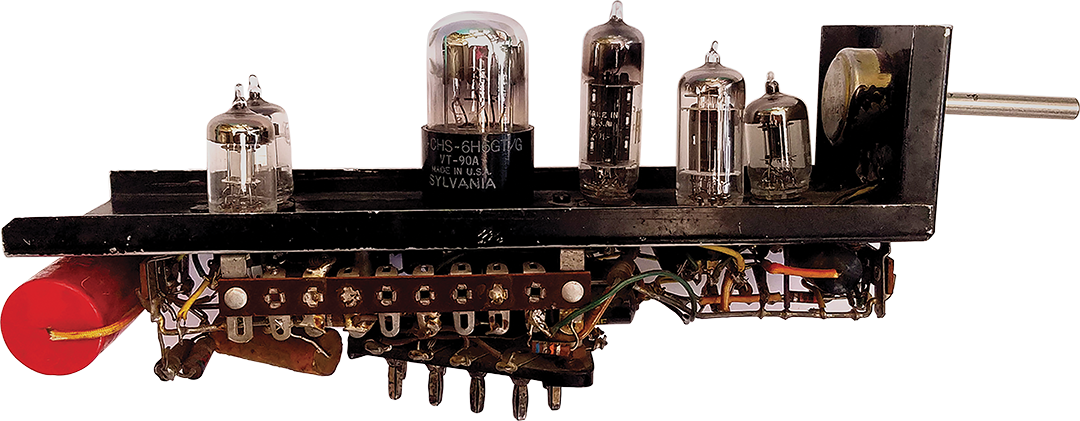
1960
TALKING TO COMPUTERS
Alexa and Siri’s predecessor was called ELIZA and it was developed by Professor Joseph Weizenbaum in the Artificial Intelligence Laboratory of the Massachusetts Institute of Technology (MIT). This computerised psychotherapist held conversations with users through text and was the stepping stone to implementation of natural language processing.
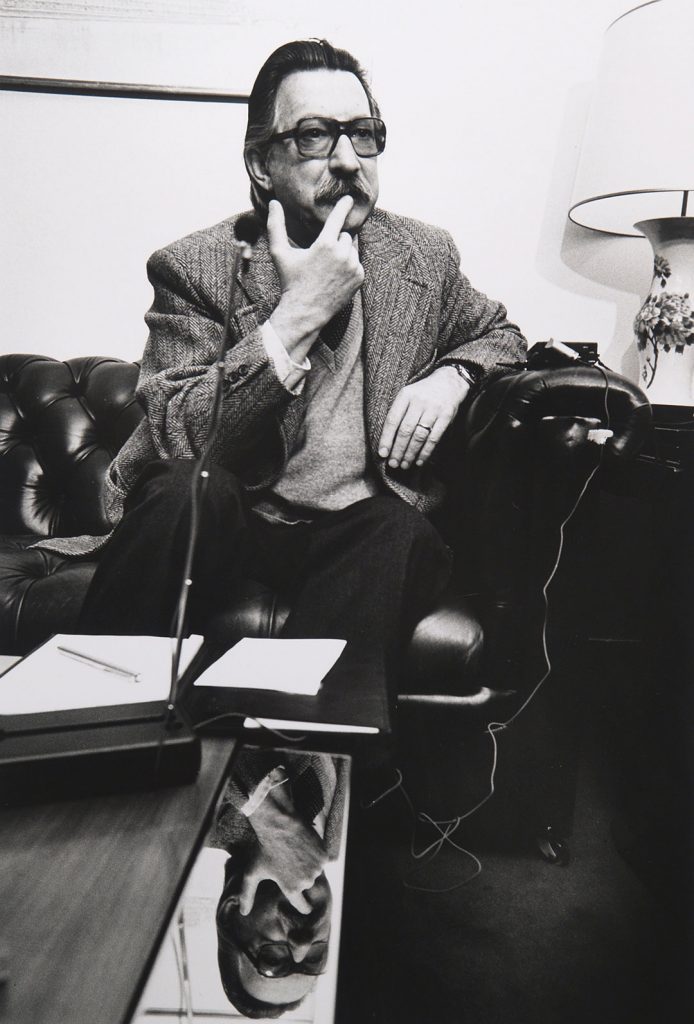
1968
“2001: SPACE ODISSEY”
The collaboration between Stanley Kubrick and Arthur C. Clarke gave birth to a sci-fi epic that would become a cinematic landmark. In this film, HAL 9000, a superior form of sentient computer, embarks aboard the Discovery space shuttle on a mission to Jupiter, along with a human crew.

1991
CONNECTING THE WORLD
Worldwide Web connected the world. The development of the first online website and publication of the hypertext transfer protocol (HTTP) – that today enables the connection, creation and sharing of information that feeds AI – was left to Tim Berners-Lee, a British researcher from the European Organization for Nuclear Research (CERN).

1997
MACHINE BEATS MAN
Deep Blue, a supercomputer designed by IBM, made history by beating world chess champion (between 1985 and 2000) Garry Kasparov, on May 11, in a six-game chess match.

2015
SOPHIA IS BORN
Sophia was created by American engineer David Hanson, of Hanson Robotics, and designed to look like Audrey Hepburn. She can emulate 62 facial expressions and she is capable of acquiring new knowledge: the more she interacts with humans, the smarter she gets. Sophia needs a cloudbased Wi-Fi connection (MindCloud) to operate. She was the first humanoid robot to be featured on the cover of a fashion magazine, Elle Brazil.

2018
THE AUTOMOTIVE REVOLUTION
Having started as a research project within Google in 2009, Waymo launched the first autonomous ride service in Phoenix, Arizona, signaling the revolution. Ten years was also how long Transition, the first flying car, had to wait to get off the ground. Developed by Terrafugia, the vehicle can travel autonomously for 600km and at up to 160km/h. At this early stage, pre-sales are limited to the United States.

